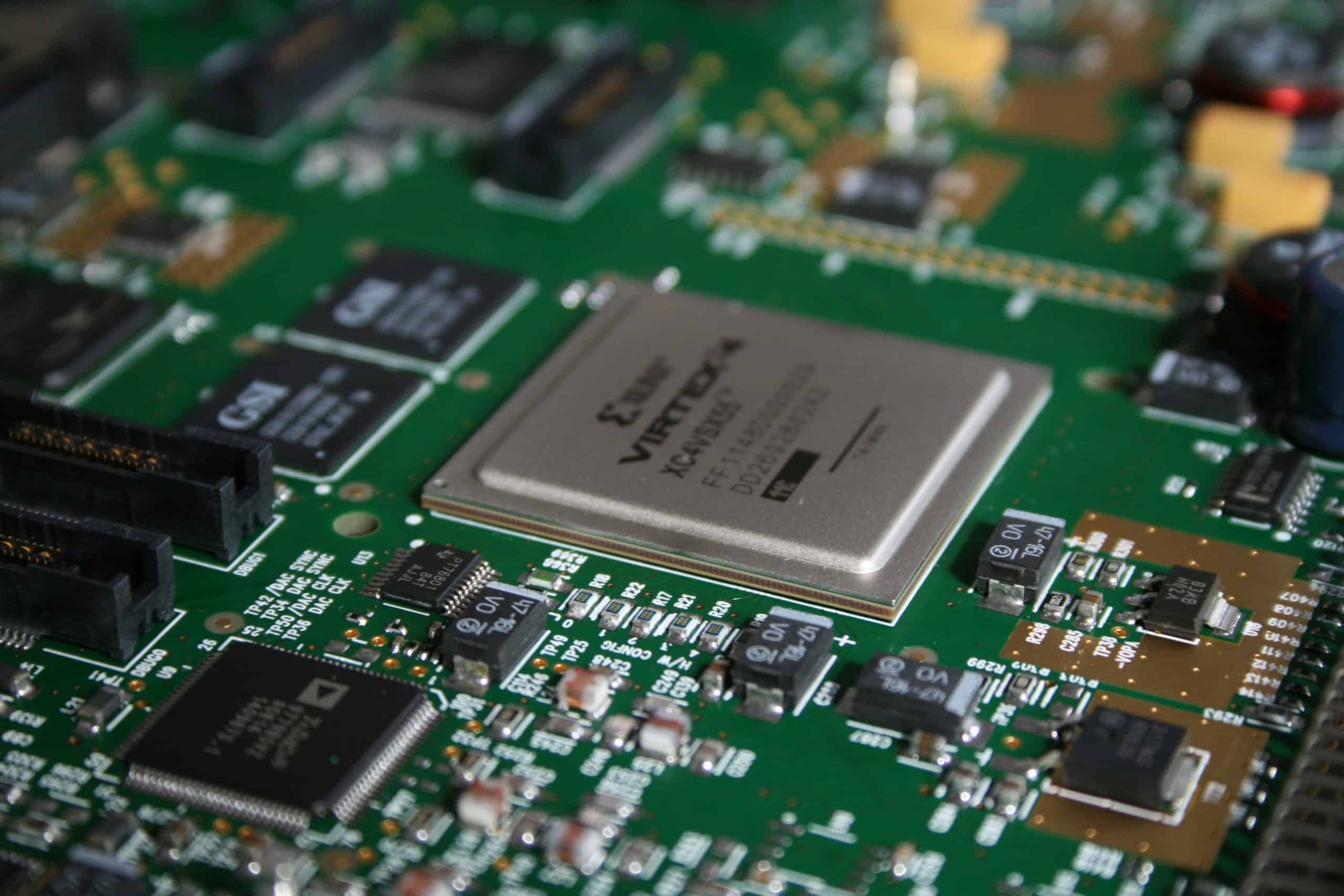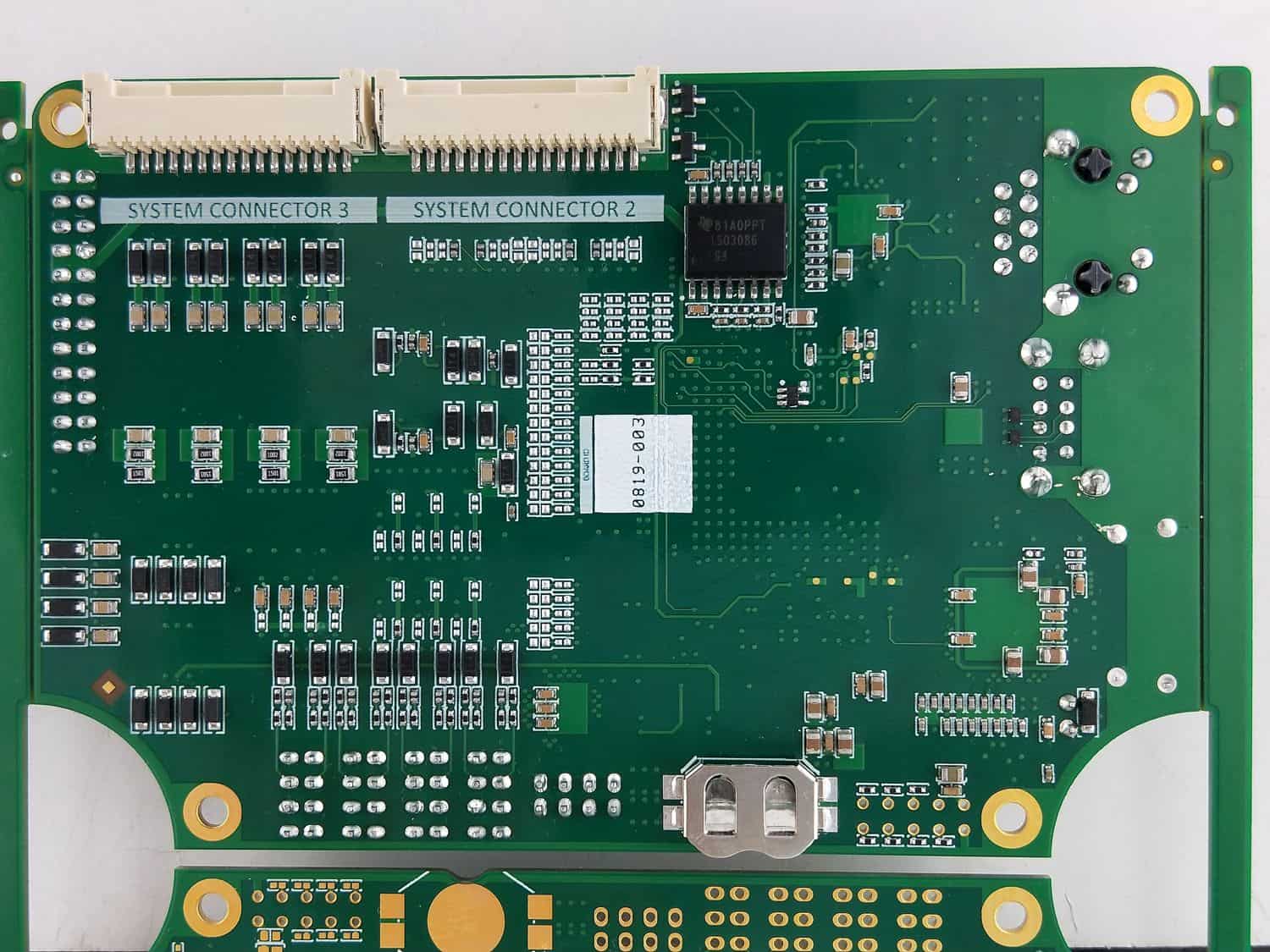Printed circuit board manufacturing (PCB Manufacturing) is the finished product of a printed circuit board (PCB) with all the components such as resistor, capacitor and integrated circuit (IC)mounted and soldered. This enables the PCB to perform its functions to various applications in every industry.

PCBA manufacturing has varieties of applications, which include medical electronics, industrial machinery, and other consumer electronics. It serves as the central hub of individual components whether it be a surface mount or a through hole. Its design and manufacturability may be different for each application, but its essence is the same for all industries.
Request PCBA Manufacturing Quote, Pls send Bom list to Sales@raypcb.com Now
For PCBA to be manufactured, three aspects are to be considered: PCB fundamental design, assembly process, and choosing the right CIRCUIT BOARD manufacturers.
1.PCB DESIGN FUNDAMENTALS
Layers of the PCB and its primary types are the fundamentals of design.
- LAYERS OF PCB
The base of a PCB is considered the most basic component. It has several layers such as substrate, copper, solder mask, and silkscreen.
- Substrate
This is the layer the traces and components make intact. Common materials used are fiberglass and flexible polymers. They are low-cost and highly substrate to the base of a PCB.
- Copper
This is a thin layer of the conducting material used as copper traces of the circuit board.
- Silkscreen
This non-conductive final layer of a PCB serves as identification for components and symbols. It uses epoxy ink for silkscreen printing.
- PRIMARY TYPES OF PCB
Types of PCB include rigid, flexible, and metal core. They differ in durability and application.
This type is favored by electronic gadgets due to its mostly dense property but smaller size. It is composed of different materials, but fiberglass or FR4 is commonly used.
This type is more flexible than other types. This is often used in ultra-compact and/or high-performance devices.
The main advantage of using metal core for PCB is its ability to dissipate more heat and its high mechanical strength. This also has a good processing performance.
2.ASSEMBLY TYPES

Assembly types of PCBA only differ on which type of components are soldered and mounted on each side of the board. Components are classified as surface mounted (SMD) or plug-in (THC). Examples of SMD are surface mount resistors, which don’t require drilling of the board but plug-in components are needed to be mounted on holes. Examples are capacitors and inductors.
- Single-Side SMD Assembly
This type has a single-sided PCB with only SMD components.
- Double-Side SMD Assembly
A double-sided PCB has SMD assembly on both sides.
- Single-Side Mixed Assembly
This type is only a single-sided PCB, but it has both THC and SMD components.
- Mixed Assembly on Side A and SMD on Side B
This is a double-sided PCB that has SMD and THC on one side while the other has only SMD components.
- Plug-in on Side A and SMD on Side B Assembly
This type is also a double-sided PCB where one side is composed of SMD and the other side has THC components.
Request PCBA Manufacturing Quote, Pls send Bom list to Sales@raypcb.com Now
3.MANUFACTURING PROCESS
Manufacturing PCBAs are done mostly on an automated basis. It also has manual steps to maximize the number of assembled boards at a lesser cost without compromising their quality.
Prior to the actual manufacturing process, preparatory stages have to be done. This includes a design for manufacturability (DFM) check that requires the design file. The manufacturer can verify the design’s functionality and manufacturability. This also makes sure to minimize costs as it prevents error from occurring.
- Screen Printing
This process is also called stencil printing. PCBs are applied with solder paste for about 30 seconds. Then the paste is to be spread evenly. Since the stencils are removed after, what remains is the precise volume of solder paste.
This is to create electrical conductivity between components and boards. These substances are grey paste that consist of metal balls that are composed of 96.5% tin, 3% silver and 0.5% copper.
- Solder Paste Inspection (SPI)
This is the process of evaluating the applied solder paste. The volume is inspected to verify if it meets standard; if not, the process is to be repeated.
- Component Placement
This is where components are assembled on the board. It is done by an automated robot.
A vacuum grip picks up the PCB to a station where surface mount components are to be mounted. The process continues for the next PCBs.
- Solder Melting
The components and solder paste need to remain in place to create mechanical connection between them by solder melting or reflow. This is when PCBs are placed in a tunnel oven with 250 degrees Celsius by a conveyor belt. They are then passed to multiple coolers to solidify.
- Quality Control
The connections, components and their polarities and alignments are checked. Poor connectivity of components often comes from movement during the reflow process. This process can be done though manual check, automatic optical inspection, or X-ray inspection.
Manual checks are preferably done in a small batch of assemblies to ensure quality after the reflow process.
But with a significant increase in the number of boards, automatic optical inspection should be used to accurately check them in a minimum amount of time. This type of inspection uses multiple cameras in various angles to view soldered connections. The reflected light determines its quality.
Another automated process is the X-ray inspection. X-ray has the ability to view the multiple layers of the PCB. This is for common to more complex assemblies.
The process is repeated for double-sided PCBs.
- Through-Hole Component Insertion
Not all PCBAs consist only of SMD components; boards with through-hole components require an insertion process. Two methods in soldering this type of component are manual and wave soldering.
In manual soldering, one person is in charge of placing one type of component. When soldered, it is then passed to another station where a different type of component is to be assembled. The process is continued until all through-hole components are mounted.
Wave soldering also involves manual placement of components. But the boards are placed in a conveyor belt where they undergo a wave molten solder where components are now attached with the board. This process saves time but is only applicable to single-sided PCB.
A functional test of the PCBA is the process by which the board undergoes testing in normal operation. Simulated signals are inputted to observe their electrical characteristics when powered. It should behave in the way it was designed to behave.
The monitored signal, such as voltage and current, should not show unacceptable values. If this happens, then it doesn’t pass the functional test. The company’s standard should dictate further processes for the scrapped PCBAs.
Request PCBA Manufacturing Quote, Pls send Bom list to Sales@raypcb.com Now
Residue of the solder paste is left behind once the PCBA has been manufactured. Oils and dirt from the manufacturing plant can also be found in this stage.
That’s why a washing cycle using deionized water is added to the process to eliminate unwanted substances in the manufactured board. Then a compressed air is used in the drying cycle in preparation for packing.
4.EVALUATE PCBA MANUFACTURERS
A preferred manufacturer generally does not just focus on production but it also provides other factors prior to the production process and supports engineering. It also serves as supplier and co-designer.
Below are some criteria that guide customers in choosing the right manufacturers. This kind of relationship should not only be a one-time transaction but should continue in the long term.
- Quality Assurance
It is a must that manufacturers comply with standard quality control assurance on a global scale.
- Proficiency in Industries
Not all manufacturers are able to produce and assemble PCBAs of different industries evenly. A single company may be proficient in the field of medicine but with less experience in the automotive field. It is a must to observe which manufacturers suit the expertise of the desired industries.
- Cost
Just like in most every aspect, cost can bring the decision into its last steps. In the field of manufacturing electronics, technical matters should be clear to both parties as this has to be shown in every price as part of the quotation. This prevents hidden prices that may cost the client more in the future. Discounts should also be understood, as they create long-term business relationships with both parties.
- Certification
Manufacturers that are certified with ISO9001:2008 ensure strict, quality regulations on produced PCBA.
- Advancement in Technology
Advanced technology caters to more than the customers’ requirements. It uses automated systems for better processing methods and evaluation. It has capabilities such as soldering, moisture sensitivity level (MSL) control, DFM, and de-paneling.
Other advanced equipment should deliver accurate solder paste printing, inspection of solder paste thickness, and precise component placement.
- Mass Production Capability
Manufacturers should have the ability to meet high-volume orders from clients. Complex PCBs are also a challenge to manufacturers, since they require both manual and automated methods.
- Global Opportunities
Global opportunities can be offered by manufacturers to clients once they realize their potential. They can help in expanding a local business into a bigger market since they have international presence.
In producing PCBAs, technical knowledge is a must for both clients and manufacturers as different technologies can be maximized for varieties of the board’s complexity. Its manufacturability relies only on its design while its quality will depend on the manufacturer’s capabilities. It is a must for both parties to be proactive as they themselves will greatly benefit from the outcome.


